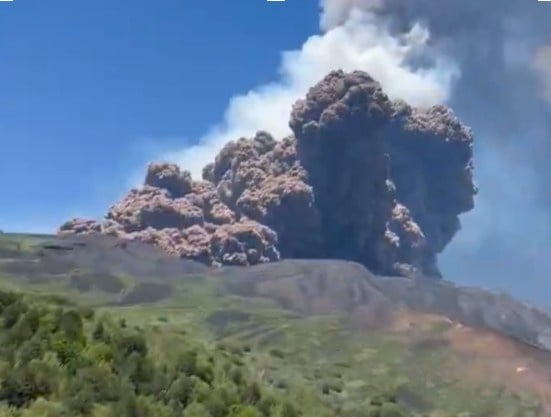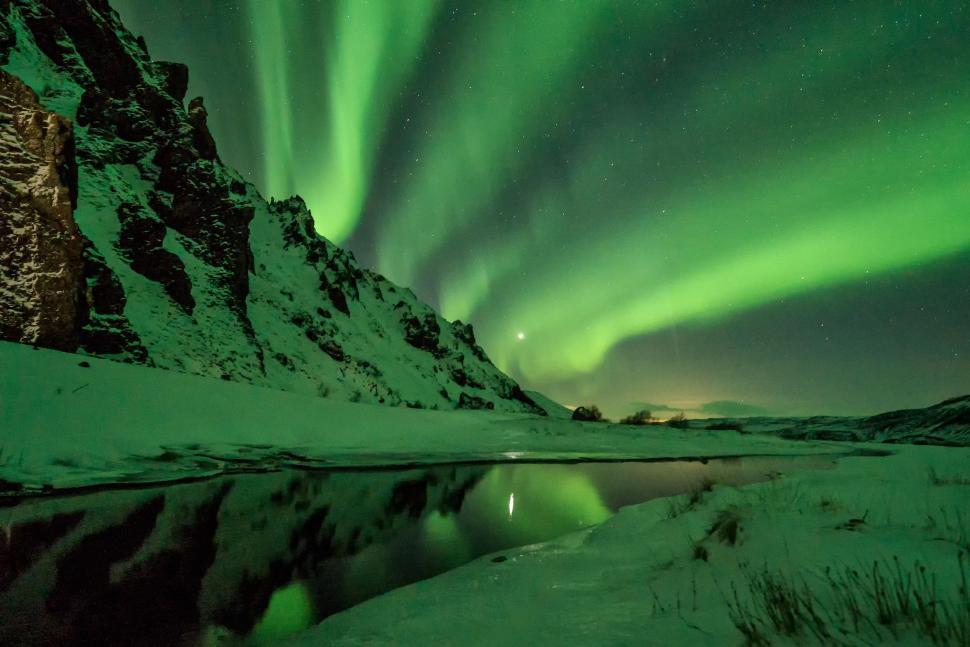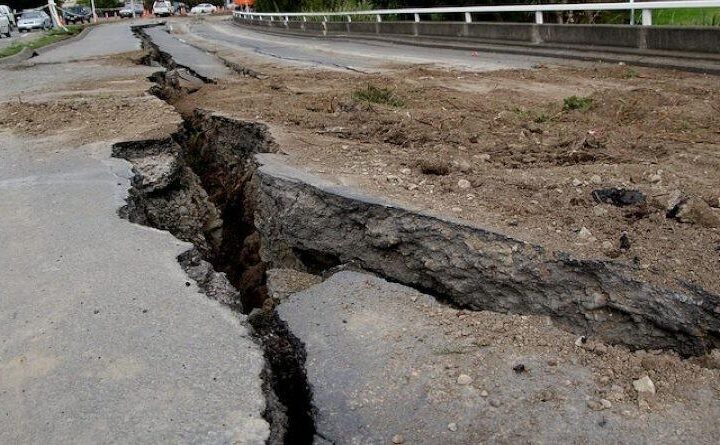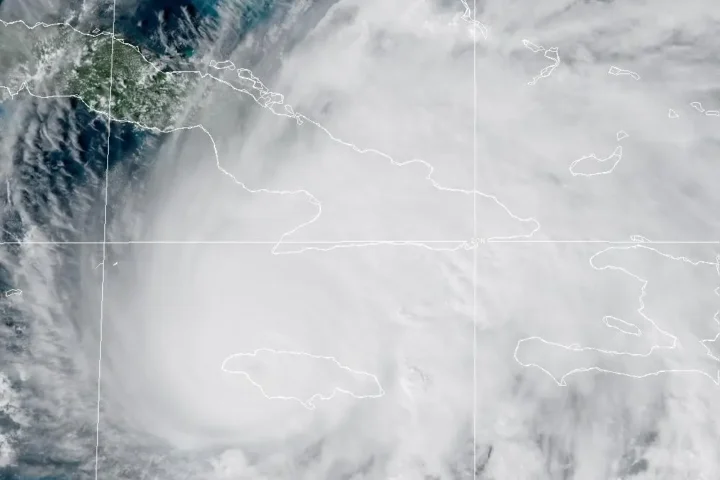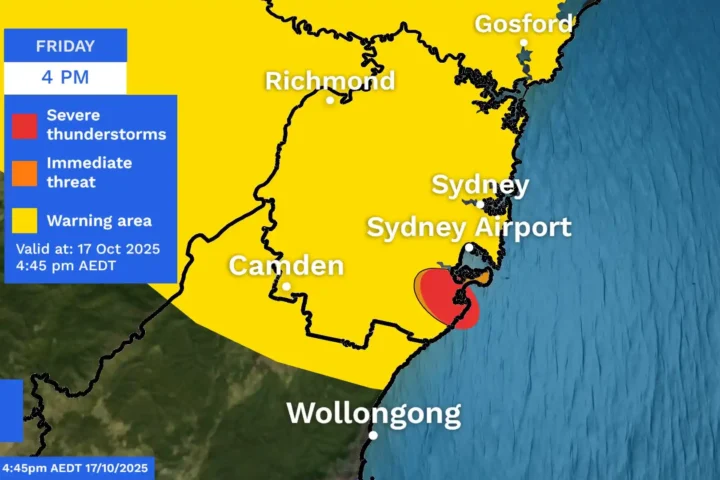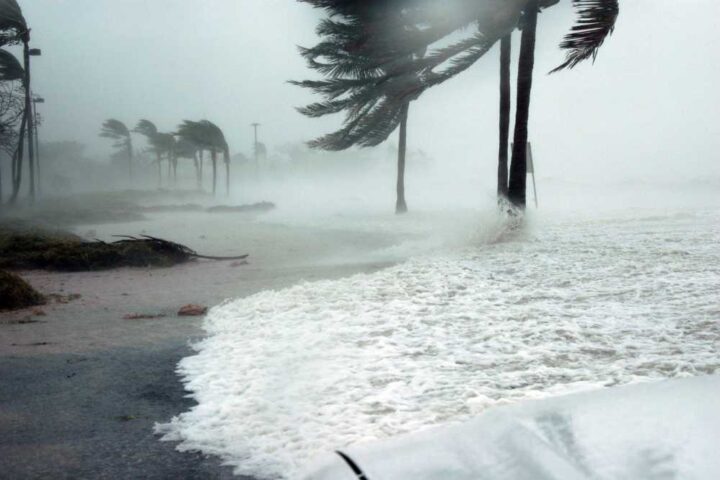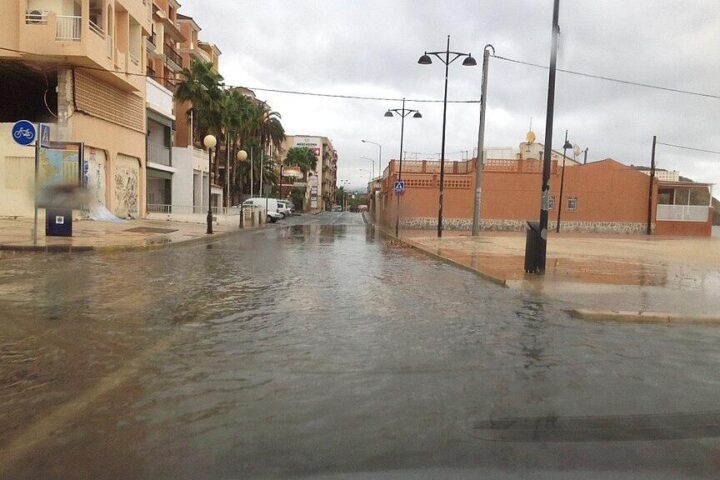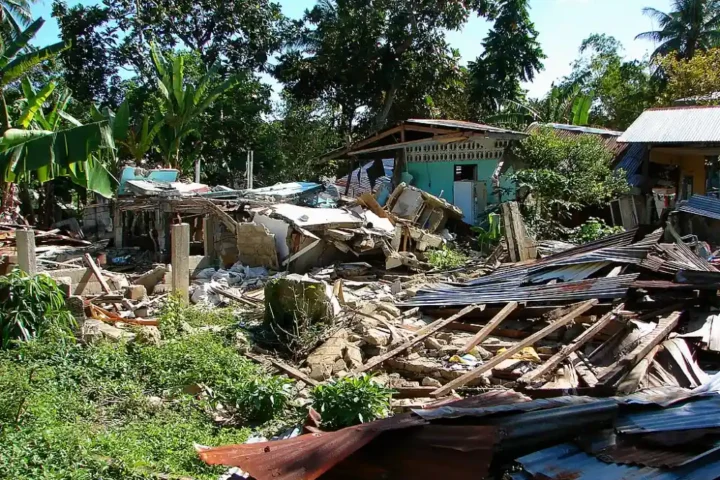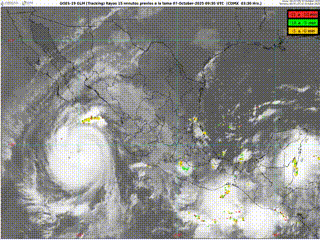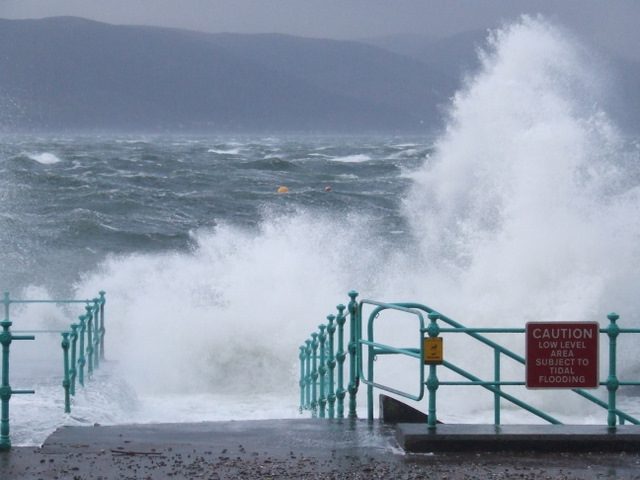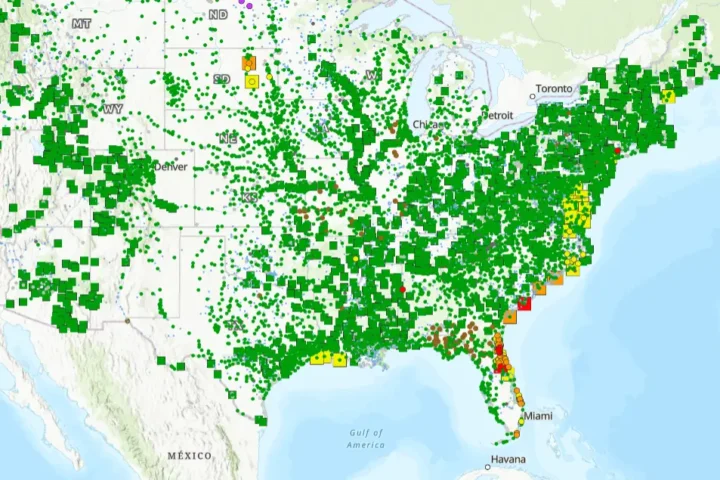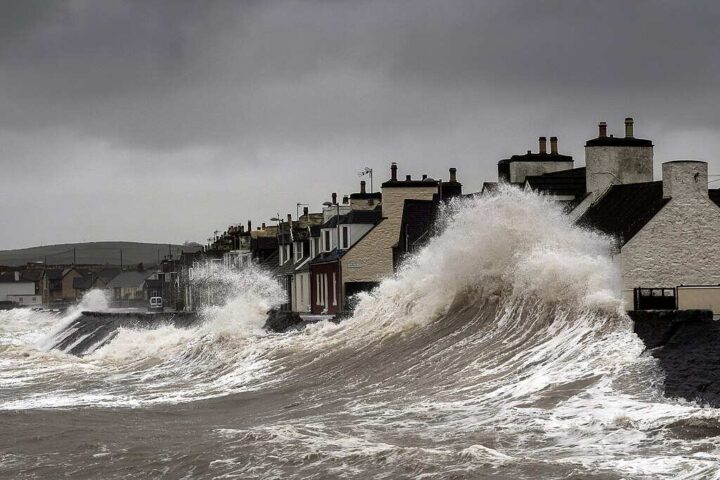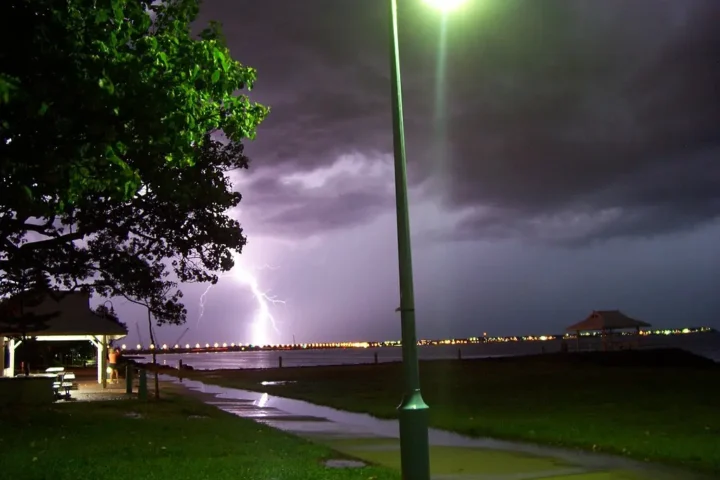Europe’s most active volcano, Mount Etna, erupted Monday morning, sending a massive cloud of ash and gas more than 4 miles into the sky above Sicily. The June 2, 2025 eruption began after tremors were detected late Sunday night around 10 PM, intensifying through the early morning hours.
Italy’s National Institute of Geophysics and Volcanology (INGV) confirmed the eruption started with powerful “Strombolian explosions” – short, explosive bursts that hurled lava, ash and gas high into the air. These explosions grew stronger and more frequent until they developed into a continuous lava fountain.
“The explosive activity has transitioned to a lava fountain,” stated INGV officials, who measured the ash plume at approximately 6,400 meters (21,000 feet) high.
Similar Posts
The dramatic scene was captured in videos showing tourists rushing down the mountain’s slopes as the dark cloud billowed behind them. Thermal images released by INGV revealed hot pyroclastic material – a dangerous mix of rock, ash and gas – flowing down the volcano’s northern side.
Despite the impressive display, Sicilian President Renato Schifani reassured the public: “There is no danger for the population.” He noted that lava flows remained contained within the Valley of the Lion, a natural depression that typically channels volcanic material away from inhabited areas.
Aviation authorities issued a temporary “code red” warning, later downgraded to amber, as the ash cloud posed potential risks to aircraft. While Catania’s nearby airport remained operational, some flights were diverted to Palermo as a precaution.
Salvo Cocina, head of Sicily’s civil protection unit, advised tourists to avoid the area “in consideration of the potential evolution of the phenomenon.” The volcano’s summit area was closed to visitors.
Mount Etna has been particularly active this year, with this eruption marking the 14th eruptive phase in recent months. A similar event occurred in February 2025.

The INGV continues to monitor the situation closely, noting that volcanic tremor levels remain high, indicating ongoing magma movement beneath the surface. While spectacular, such eruptions are typical for Etna, which has erupted at least once annually for the past several years.
Mount Etna’s position at the boundary between the African and Eurasian tectonic plates contributes to its persistent activity, making it one of the world’s most closely monitored volcanoes.
